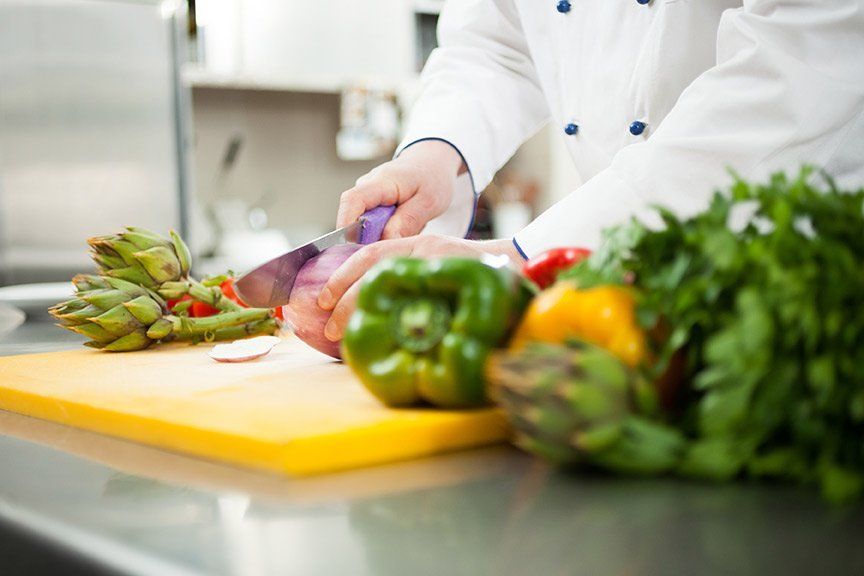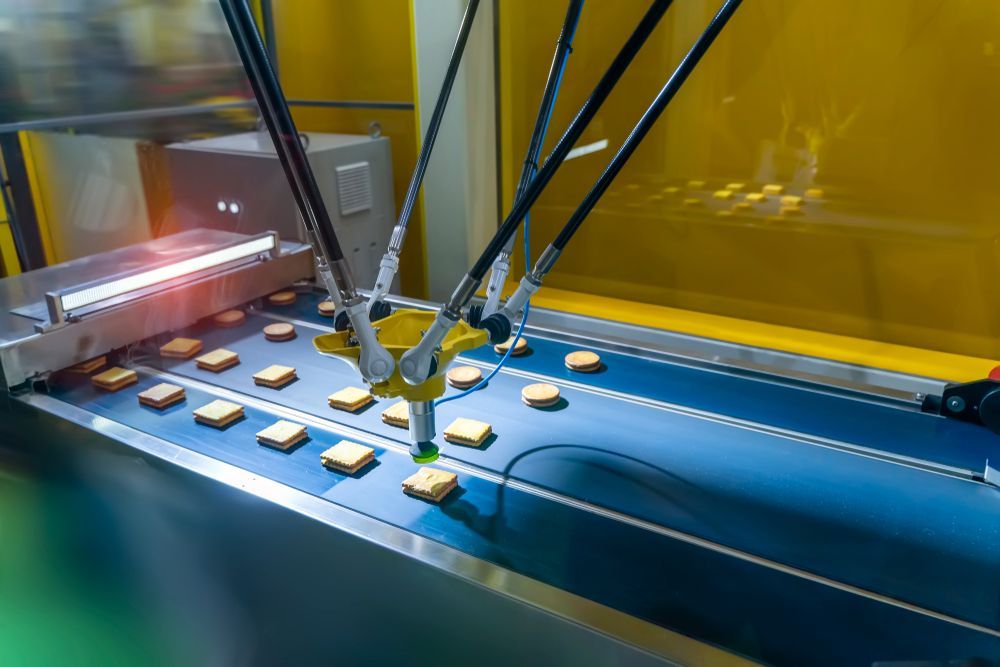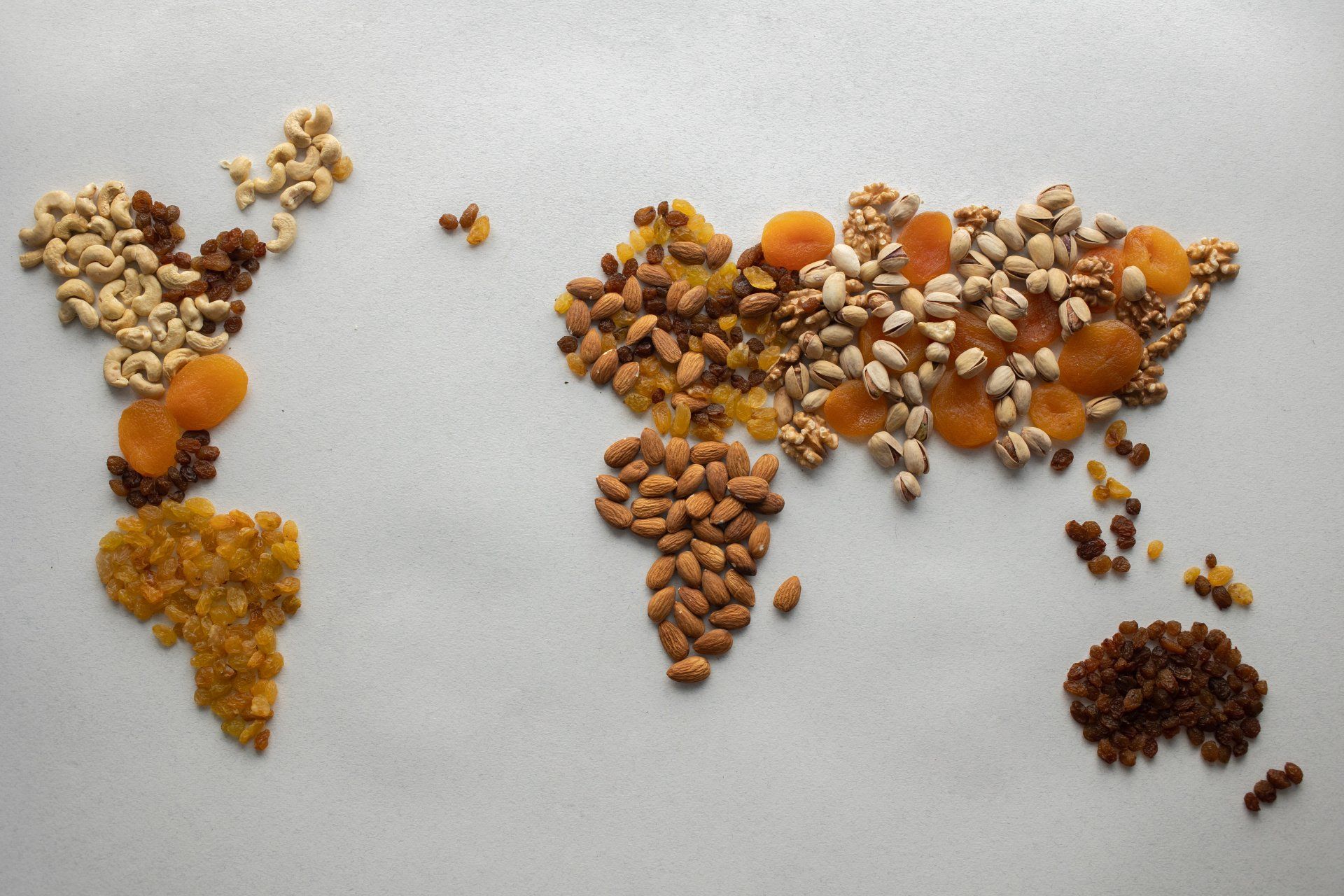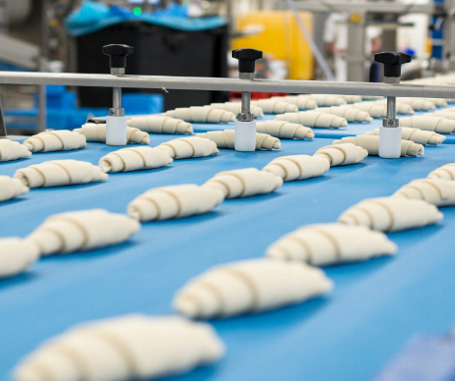Contact Us Top - Thermoplastic Solutions for Food Processing & Conveyance
We will get back to you as soon as possible
Please try again later
Inefficient Conveyors: Reducing The Drag On Profitability
Is Your Conveyor System Dragging Down Profits?
Nothing is more disruptive to production than a conveyor system constantly needing maintenance. Chain guides, drive sprockets and wear strips can create unwanted friction leading to excessive drag. Excessive drag requires increased power to keep things moving. Swapping out worn components can be difficult, expensive, and especially untimely. Let’s look at a few performance benefits plastics provide for conveyor systems.
Plastics Reduce Wear
Selecting the optimal material inevitably improves the life of wear components. Moving parts or segments eventually require replacing. Plastics outperform metals by as much as 20x; less wear means a longer life span.
Plastics Reduce Friction
The more friction a conveyor has to overcome, the less efficient that conveyor will be. In other words, higher levels of drag in your conveyor result in increased electricity required to power it. With the costs of energy skyrocketing, this becomes increasingly critical to solving.
Plastics Are Corrosion-Resistant
Plastics do not break down, they do not rust, and they do not decay. On the other hand, metals can become rusted or pitted from chemicals found in greases and cleaning solvents, leading to numerous issues.
Plastics Are Lightweight
Plastics are typically lighter than metal. Lowering component weight helps to decrease the overall conveyor drag force. It also means you can increase the number of wear strips while maintaining the same weight!
Plastics Are Naturally Lubricated
Many plastics used to produce wear components have self-lubricating qualities and thus do not require the same level of maintenance. Plastics are ideal for complex conveyors or closed-looped systems. Simply put, they will not require the same level of lubrication.
The Critical Properties To Consider When Selecting Plastics For Conveyance
The Performance Of Your Conveyor System Directly Affects Your Bottom Line!
Today's Conveyor Systems Consist Of Extremely Complex Designs With Many Moving Parts, Requiring Highly Engineered Plastic Wear Components.
Demanding conveyor environments rely on robust plastic solutions that can consistently and reliably support the transportation of high volumes of material. Engineers are challenged with finding the proper materials to minimize line stoppage while increasing the efficiency of transporting goods from one place to another.
Coefficient Of Friction (COF)
By decreasing the coefficient of friction, drive chains move more easily rendering the system more efficient with the added benefit of reducing the amount of power that is needed to drive the conveyor.
Abrasion Resistance
Abrasion resistance is a property that allows a material to resist wear. Excellent abrasion resistance of a material helps to withstand mechanical action and tends to protect the removal of materials from its surface. This allows the material to retain its integrity, not to mention last longer. Many materials are specifically formulated for high abrasion resistance.
Thermal
Often conveyor materials need to withstand elevated heat environments. In this case one needs to understand the operating temperature of the plastic and match it to the application needs. COF and Thermal are co-dependent in the conveyor environment.
Coefficient Of Thermal Linear Expansion (CLTE)
CLTE is the rate at which the size of a material changes with respect to temperature change. It is critical to consider and properly match CLTE of the material to the requirements of the system in order to hold tolerance.
Substrates for Diverse Sign and Graphic Applications
Our substrates are perfect for a variety of sign and graphic uses, such as interior and exterior signs, point-of-purchase displays, and tradeshow graphics. To meet your particular application requirements, we provide a variety of substrates, including pvc foam products such as Sintra, Gatorfoam, Gatorplast, Encore, Fome-core, and Palight, in various sizes and thicknesses.
Gearing Up For Success! Driving Food Automation
The Top Five Reasons You Should Consider Plastic Gears And Sprockets
Lightweight
Plastic gears are typically lighter than metal. Reduced weight gears consume less power and thus reduces the size requirements for drive motors. Reduced weight also leads to increased line speeds that ultimately improve efficiency.
Corrosion-Resistant
Plastic does not break down when exposed to the caustic chemicals used during wash downs nor does plastics have a tendency to decay. Metal can become pitted creating fatigue as well as stress cracks. Plastic gears last much longer and have a more extensive operational life than those that are made of metal.
Enhanced Shock Absorption
Plastics have greater flexibility than steel which gives it significantly higher levels of shock absorption. This is a particularly strong benefit where automation lines constantly stop and go which involve sudden bursts of energy resulting in shock load.
Larger, Stronger
The flexibility of plastics such as Nylon allows gears to be made much larger than their metal counterparts. When a gear is wider and thicker it becomes stronger and is able to bear more load. The transitioning force is spread across a larger cross section!
Internal Lubrication
Many types of plastics have self-lubricating benefits. Self-lubrication is ideal in eliminating the need for maintenance engineers to constantly apply messy lubrications. Plastics gears are perfect for Food processing and conveyor equipment since it would eliminate the need to shut a production line down, and eliminate a pasty grease that traps unwanted contamination
Plastic Materials

Fluorosint 207
Laird Is A Leader In Food Grade High Performance Materials
Fluorosint® 207 modified PTFE’s is an FDA approved extreme dimensionally stable material with excellent creep resistance and a white color. It is non-permeable in steam and complies with the FDA’s regulation 21 CFR 175.300 that lists products suitable for food contact. Its relative wear rate is 1/20 the rate of virgin PTFE below 300°F (150°C) making it an excellent choice for hard working applications such as seals, bearings, gaskets and valves in filling stations and dosing applications. It’s a perfect upgrade in performance over virgin PTFE that can extend your MTBR and lower your overall manufacturing costs.
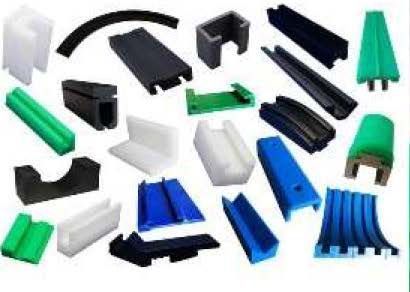
Polyethylene
Polyethylene (PE) is the most commonly used thermoplastic for Food Processing and Conveyance Equipment, and is most diverse by application usage
Polyethylene is an organic polymer made by the polymerization of monomer subunits (C2H4)n. Essentially it's a mixture of similar polymers of ethylene, with various values of n. The values of (n) create a variety of formulations to suit many applications within Food and Conveyance Equipment. PE properties uniquely align to check all performance criteria required for dynamic and static components. Commonly specified grades are Low Density (LDPE), High Density (HDPE), and Ultra High (UHMW-PE)
Three key chemical characteristics that define PE formulations are molecular weight, the type of chemical chain, and the length of chemical chain. For example LDPE is a branch chain with a molecular weight of 500K/Amu. HDPE is a linear chain with a molecular weight >2M/ Amu, and UHMW-PE is a long linear chain ranging 3.5M – 7.5M/Amu.
Polyethylene grades deliver big performance on a small budget. Providing excellent chemical and impact resistance, low coefficient of friction, lightweight, extreme abrasion resistance, weldable, and offer near-zero moisture absorption. These properties are why Polyethylene is universally used for fabricated parts and components, and specified for use within the Food and Conveyance Industry.
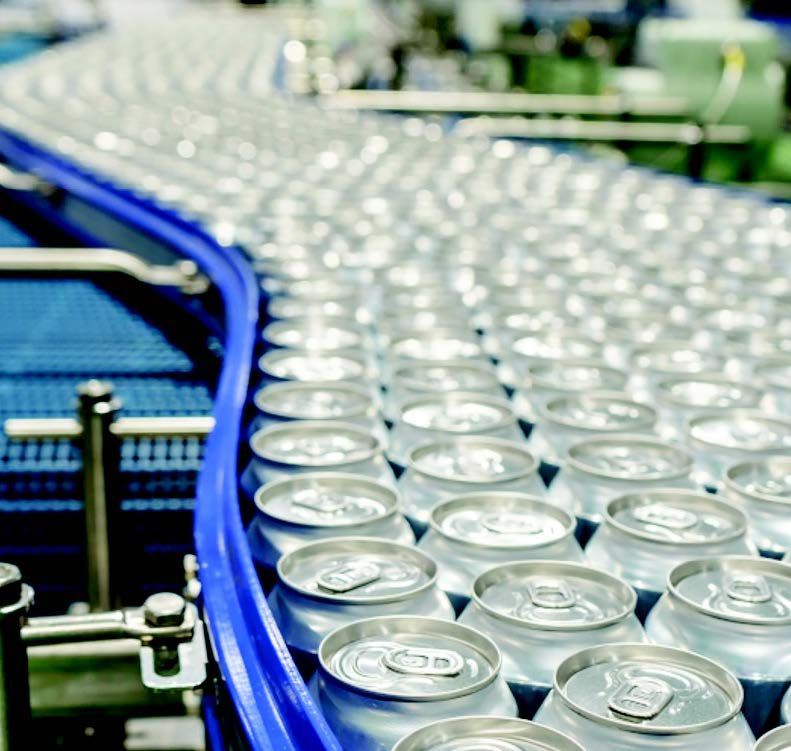
Röchling LubX® CV
Incredible sliding in the curves!
When it comes to delivering superb productivity in conveyance and food processing applications, Röchling offers their LubX® product portfolio. Within that product line is LubX® CV. LubX® CV is specifically designed to give engineers a solution for high speeds and increased loads in conveyance applications delivering higher productivity due to less time between repair and replacement vs standard oil filled food grade UHMW-PE. When used selectively with the other LubX® materials engineers can design systems that balance cost and maximize longevity and efficiency! Whatever part you replace the most in your conveyor system, this may be an ideal candidate for an upgrade to LubX® CV. Not to mention, LubX® CV is both FDA and 10/2011/EU compliant and visually detectable by its blue color! It’s a Gold Medal Solution!
Benefits Of LubX® CV
- Reduction in energy use
- Increased life of part
- Increased process stability
- Lower noise generation
- Shorter run-in duration
- Longer mean time between replacement
- Dry lubricant filled thus not attracting dust

Ensinger HYDEX® 4101 UD Blue
Tri-Detectable Super Polymer for Food Processing
Polyesters are a family of resin polymers that are known for their toughness, chemical resistance, dimensional stability, low moisture absorption and thermal properties. Essentially polyesters are the product of a reaction of organic acid, in this case terephthalic acid with an alcohol. In the case of PET, the alcohol is ethylene glycol (hence P “E” T) , in the case of PBT the alcohol is butylene glycol, (hence P “B”T). While the difference in the chemical group is apparent, both materials are aromatic esters of which their properties depend on several variants due to the polymerization process. Poly Butylene Terephthalate (PBT) is a polyester known for its superior properties to cost.
When it comes to Food Processing and Conveyance applications, Ensinger offers HYDEX® 4101 UD Blue. HYDEX® 4101 UD Blue is an FDA compliant blue PBT solution for demanding food processing applications. If it's EU compliance you need, there is HYDEX® 4101 natural. But it does not stop there, HYDEX® 4101 UD Blue also delivers tri-detectable capabilities, its blue color allows for visible detectability while it is also X-Ray & Metal detectable. So, you get all that along with the performance of a PBT polyester material:
- Dimensional Stability
- Chemical resistance to cleaning agents
- Thermal resistance, 221°F long term service temperature
- High strength, 550,000 psi Tensile Modulus
Discover More About Plastics in the Food Industry

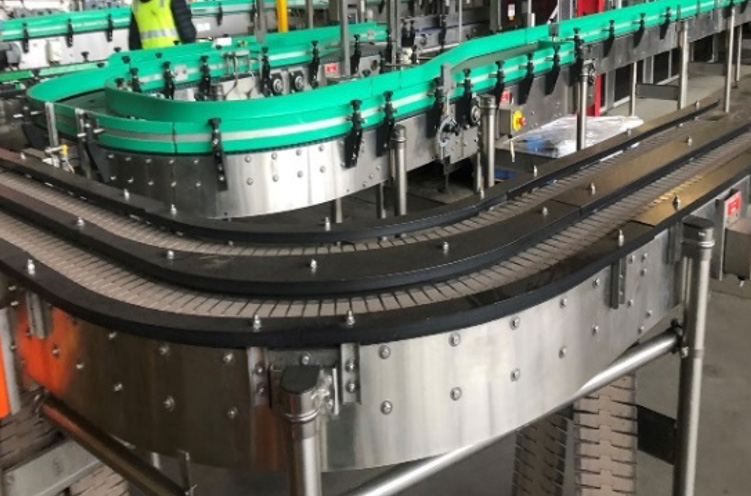
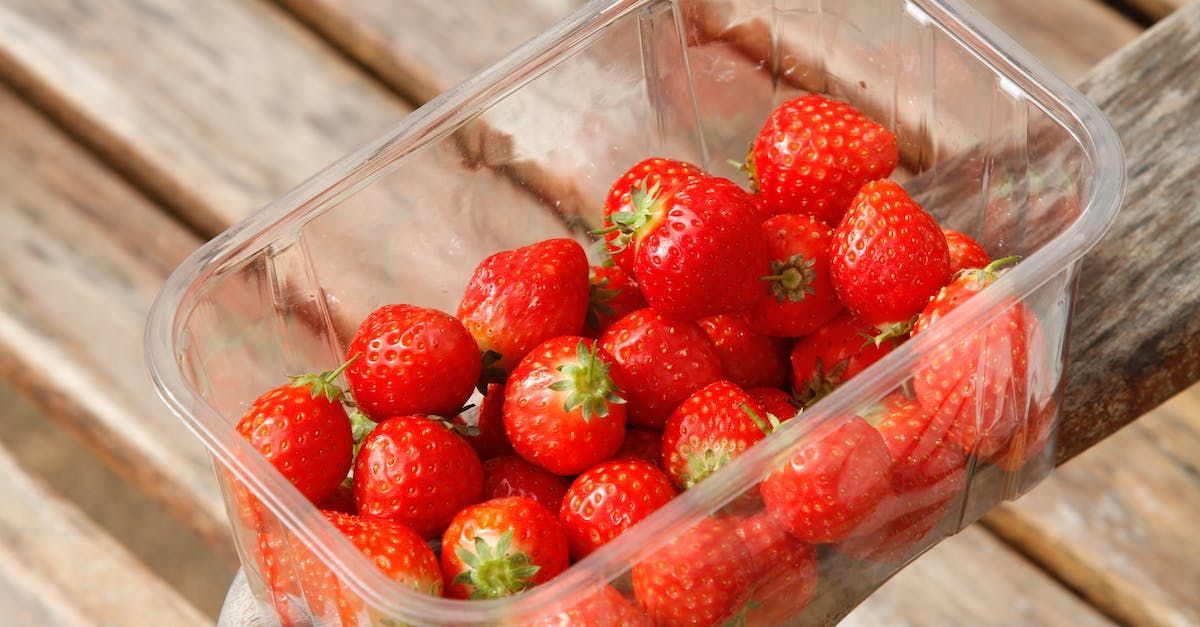
Contact Us
Contact Your Local Laird Plastics Sales Office For All Your Food Related Plastics Needs!
Unit #2-3, 5367 271st Street
Langley, BC V4W 3Y7
Phone: 604-888-8331
Toll Free:
800-663-4484
Email:
vancouver@lairdplastics.com
Thermoplastic Solutions for Food Processing & Conveyance
Thank you for contacting us.
We will get back to you as soon as possible
Oops, there was an error sending your message.
Please try again later
All Rights Reserved | Laird Plastics Vancouver


